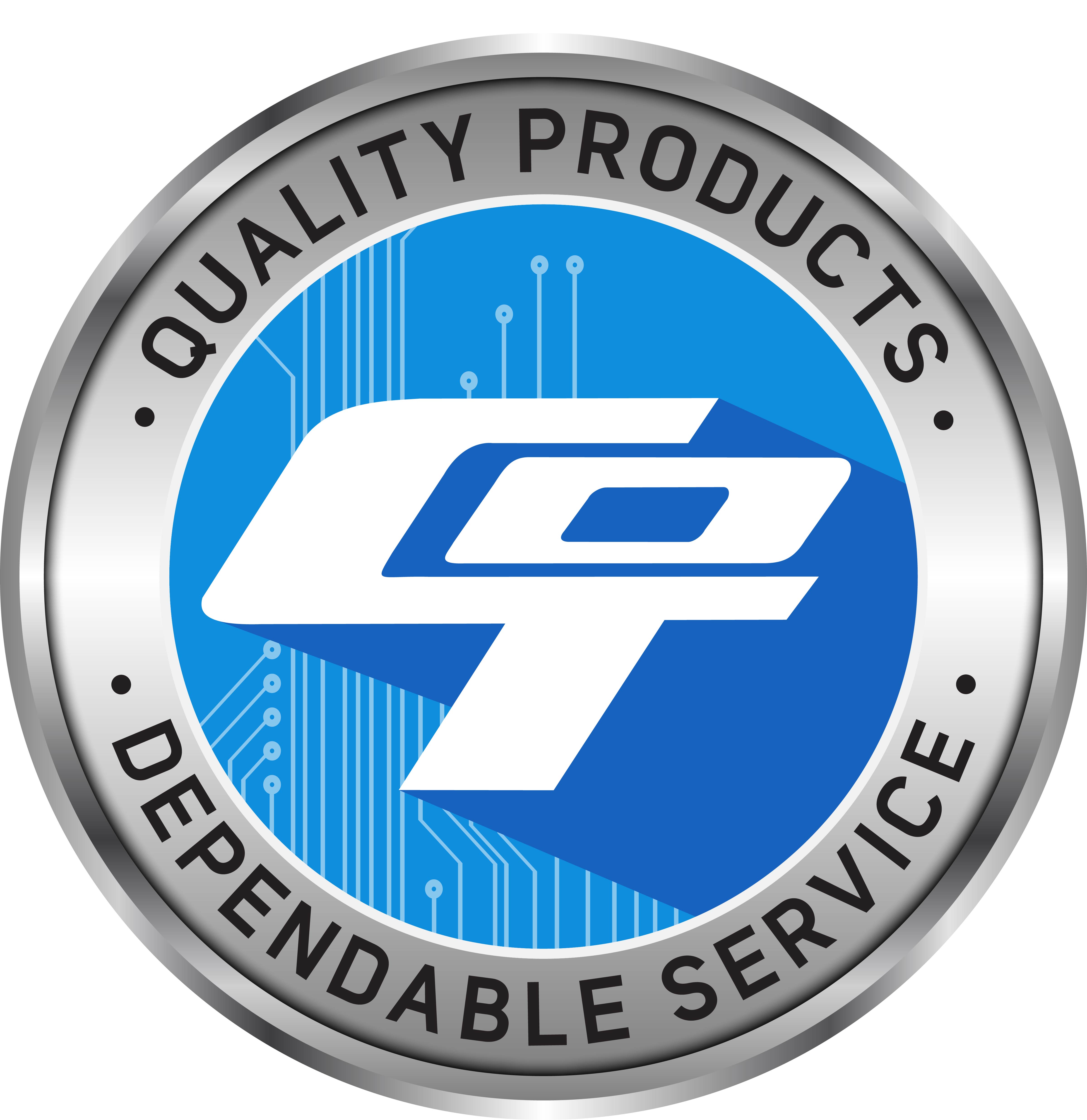Technical Library | 2013-04-11 15:43:17.0
With the explosion of growth in handheld electronics devices, manufacturers have been forced to look for ways to reinforce their assemblies against the inevitable bumps and drops that their products experience in the field. One method of reinforcement has been the utilization of underfills to "glue" certain SMDs to the PCB. Bumped SMDs attached to the PCB with a no-clean soldering process offer the unavoidable scenario of the underfill coming in contact with a flux residue. This may or may not create a reliability issue... First published in the 2012 IPC APEX EXPO technical conference proceedings
Technical Library | 2018-01-17 22:47:02.0
Fine pitch copper (Cu) Pillar bump has been growing adoption in high performance and low-cost flip chip packages. Higher input/output (I/O) density and very fine pitch requirements are driving very small feature sizes such as small bump on a narrow pad or bond-on-lead (BOL) interconnection, while higher performance requirements are driving increased current densities, thus assembling such packages using a standard mass reflow (MR) process and maintaining its performance is a real and serious challenge. (...) In this study a comprehensive finding on the assembly challenges, package design, and reliability data will be published. Originally published in the SMTA International 2016
Technical Library | 2015-09-23 22:08:32.0
A molded interconnect device (MID) is an injection molded thermoplastic substrate which incorporates a conductive circuit pattern and integrates both mechanical and electrical functions. (...) Flip chip bonding of bare die on MID can be employed to fully utilize MID’s advantage in device miniaturization. Compared to the traditional soldering process, thermo-compression bonding with gold stud bumps provides a clear advantage in its fine pitch capability. However, challenges also exist. Few studies have been made on thermocompression bonding on MID substrate, accordingly little information is available on process optimization, material compatibility and bonding reliability. Unlike solder reflow, there is no solder involved and no “self-alignment,” therefore the thermo-compression bonding process is significantly more dependent on the capability of the machine for chip assembly alignment.
Technical Library | 2015-12-02 18:32:50.0
(Thermal Compression with Non-Conductive Paste Underfill) Method.The companies writing this paper have jointly developed Copper (Cu) Pillar micro-bump and TCNCP(Thermal Compression with Non-Conductive Paste) technology over the last two+ years. The Cu Pillar micro-bump and TCNCP is one of the platform technologies, which is essentially required for 2.5D/3D chip stacking as well as cost effective SFF (small form factor) package enablement.Although the baseline packaging process methodology for a normal pad pitch (i.e. inline 50μm) within smaller chip size (i.e. 100 mm2) has been established and are in use for HVM production, there are several challenges to be addressed for further development for commercialization of finer bump pitch with larger die (i.e. ≤50μm tri-tier bond pad with the die larger than 400mm2).This paper will address the key challenges of each field, such as the Cu trace design on a substrate for robust micro-joint reliability, TCNCP technology, and substrate technology (i.e. structure, surface finish). Technical recommendations based on the lessons learned from a series of process experimentation will be provided, as well. Finally, this technology has been used for the successful launching of the company FPGA products with SFF packaging technology.
Technical Library | 2013-08-29 19:52:43.0
Au over Ni on Cu is a widely used printed circuit board (PCB) surface finish, under bump metallization (UBM), and component lead metallization. It is generally accepted that less than 3 wt.% Au in Sn-Pb solder joints inhibits formation of detrimental intermetallic compounds (IMC). However, the critical limit for Au content in Pb-free solder joints is not well established. Three surface-mount package platforms, one with a matte Sn surface finish and the others with Ni/Au finish, were soldered to Ni/Au-finished PCB using Sn-3.0Ag 0.5Cu (SAC305) solder, in a realistic manufacturing setting. The assembled boards were divided into three groups: one without any thermal treatment, one subjected to isothermal aging at 125°C for 30 days, and the third group aged at 125°C for 56 days...
| 1 |

COT specializes in high quality SMT nozzles and consumables for pick and place machines. We provide special engineering design service of custom nozzles for those unique and odd components.
2481 Hilton Drive
Gainesville, GA USA
Phone: (770) 538-0411